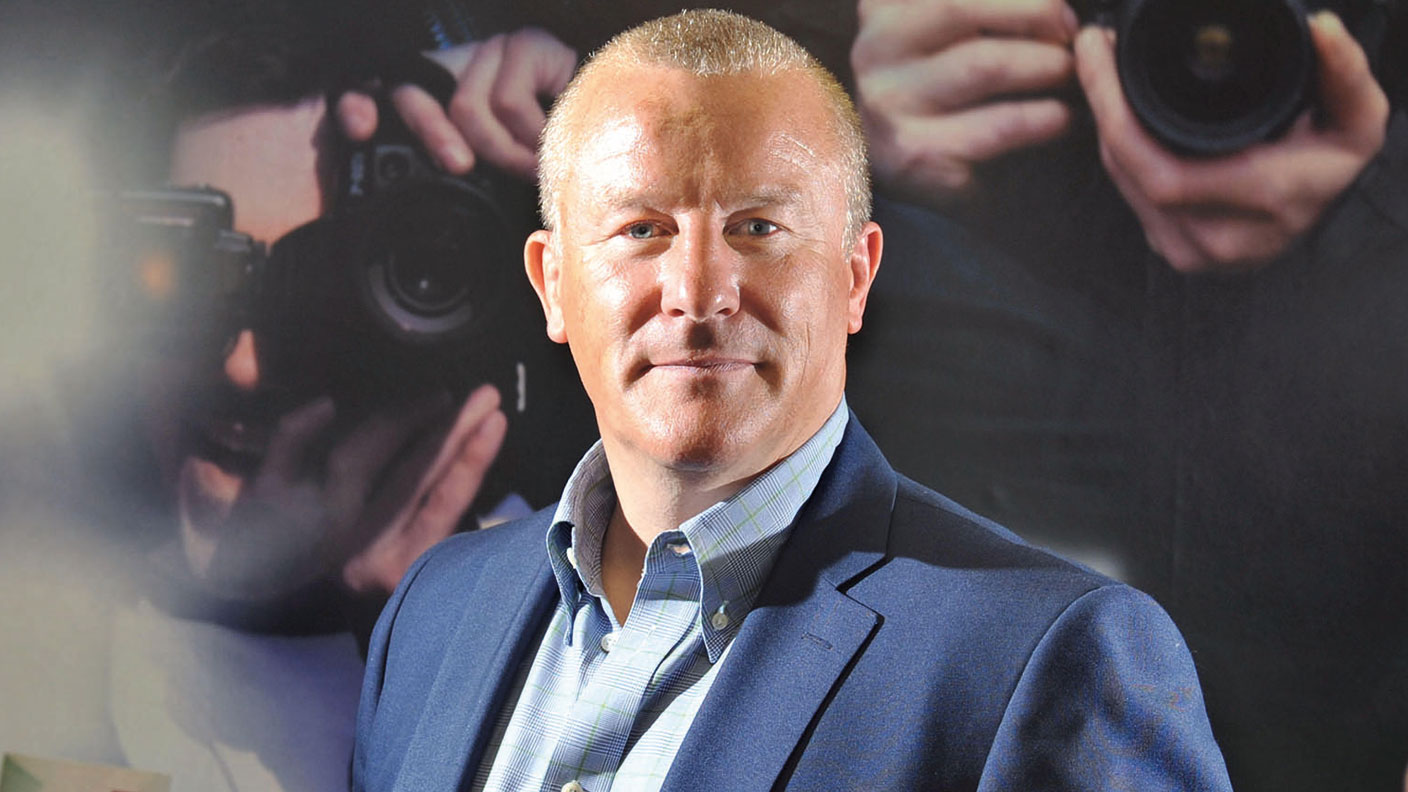Shareholder group backs lawsuit against Hargreaves Lansdown by Woodford investors
More than 5,000 people who invested in Neil Woodford's collapsed equity income product are taking Hargreaves Lansdown to court


A shareholder rights group has backed a legal claim against Hargreaves Lansdown by investors who lost billions of pounds when Neil Woodford’s UK equity fund collapsed in 2019.
ShareSoc, an advocate for individual investors, has come out in support of a lawsuit taken by thousands of former Woodford investors against Hargreaves Lansdown over claims the investment platform continued promoting the fund even though it was aware of problems.
ShareSoc says: “We believe that the potential benefits of the litigation against Hargreaves Lansdown outweigh the identified risks for the vast majority of claimants, and that it is in the interest of affected investors to participate.”
MoneyWeek
Subscribe to MoneyWeek today and get your first six magazine issues absolutely FREE

Sign up to Money Morning
Don't miss the latest investment and personal finances news, market analysis, plus money-saving tips with our free twice-daily newsletter
Don't miss the latest investment and personal finances news, market analysis, plus money-saving tips with our free twice-daily newsletter
More than 5,000 people who invested in the now-defunct equity income product are taking Hargreaves Lansdown to court. The lawsuit has been filed by claims company RGL.
Many reasons have been cited for triggering the spectacular closure of the investment fund, ranging from a series of badly performing stock choices to the loss of a hefty £250m investment mandate from Kent County Council.
But perhaps the underlying reason for the closure was Woodford’s over-reliance on large, illiquid assets that he bought to try and quietly improve the performance numbers of his fund; holdings that could not quickly be sold when investors started to request back their money in large numbers.
Holly Mackay, founder and CEO of Boring Money, said: “Woodford packaged his fund up as a korma, but under all the packaging it was turning into a vindaloo.”
Hargreaves Lansdown has been approached for comment.
Why are investors going after Hargreaves Lansdown?
Claims company RGL says the number of people taking part in a group High Court claim against the investment platform, which is to be sold for £5.4 billion to private equity investors, has almost doubled to 5,000 over the past two years.
RGL said: “[The claim is for] investor losses sustained as a result of Hargreaves Lansdown’s conduct in continuing to recommend [the fund] right up to the day of its highly-publicised collapse, despite Hargreaves Lansdown being aware of the fund’s long-standing portfolio diversification and liquidity issues.”
Almost 300,000 people had invested in the fund via Hargreaves Lansdown, contributing to £1.6 billion of the fund’s total £3.7 billion.
Mackay said: “Hargreaves Lansdown is the largest DIY investment platform by a long way. And their opinion matters. So when their research team favoured a fund, retail investors bought it. The HL research team liked the Woodford fund and stuck with it, when others were bailing out.”
What other compensation is being given to Woodford investors?
Last year, investors trapped in Woodford’s flagship fund were offered up to £235 million in compensation after an investigation by regulators. The Financial Conduct Authority set out the compensation plan after ruling that Link Fund Solutions, which was the administrator for the fund, made “critical errors and mistakes”.
The FCA said errors in the administration of the fund had left it without the cash buffers needed to meet redemption requests.
Ryan Hughes, head of investment partnerships at AJ Bell, said at the time that the compensation offer “will come as significant relief for the thousands of investors who have been very patiently waiting for some form of compensation”.
However, Andy Agathangelou, founder of the Transparency Task Force, a campaign group, pointed out that "most [investors] will get back between just four and eight pence in the pound of their outstanding capital losses”.
Investors have already received £2.56 billion in compensation since the fund’s suspension date in 2019, from the sale of investments.
How to join the Hargreaves Lansdown/Woodford litigation
There is still time to join the High Court claim against Hargreaves Lansdown as long as you invested in Woodford’s fund via the investment platform. The claim is structured on a “no-win-no-fee” basis.
To do so you need to register on RGL’s website but be warned if the claim is successful 25% will be deducted from the gross proceeds by the claims management company.
Its website reads: “RGL’s claims can still be brought against Hargreaves Lansdown, even though the court approval of Link’s proposed scheme of arrangement means that claims can no longer be made against Link.”
Get the latest financial news, insights and expert analysis from our award-winning MoneyWeek team, to help you understand what really matters when it comes to your finances.
Chris is a freelance journalist, and was previously an editor and correspondent at the Financial Times as well as the business and money editor at The i Newspaper. He is also the author of the Virgin Money Maker, the personal finance guide published by Virgin Books, and has written for the BBC, The Wall Street Journal, The Independent, South China Morning Post, TimeOut, Barron's and The Guardian. He is a graduate in Economics.
-
 How gifting money this Christmas could lower your inheritance tax bill
How gifting money this Christmas could lower your inheritance tax billCash is an easy and quick present to give over Christmas – and it could protect some of your estate from the taxman down the line
-
 £100 contactless card limit to be lifted
£100 contactless card limit to be liftedConsumers will be able to set their own contactless limits from March 2026, under new rules from the Financial Conduct Authority
